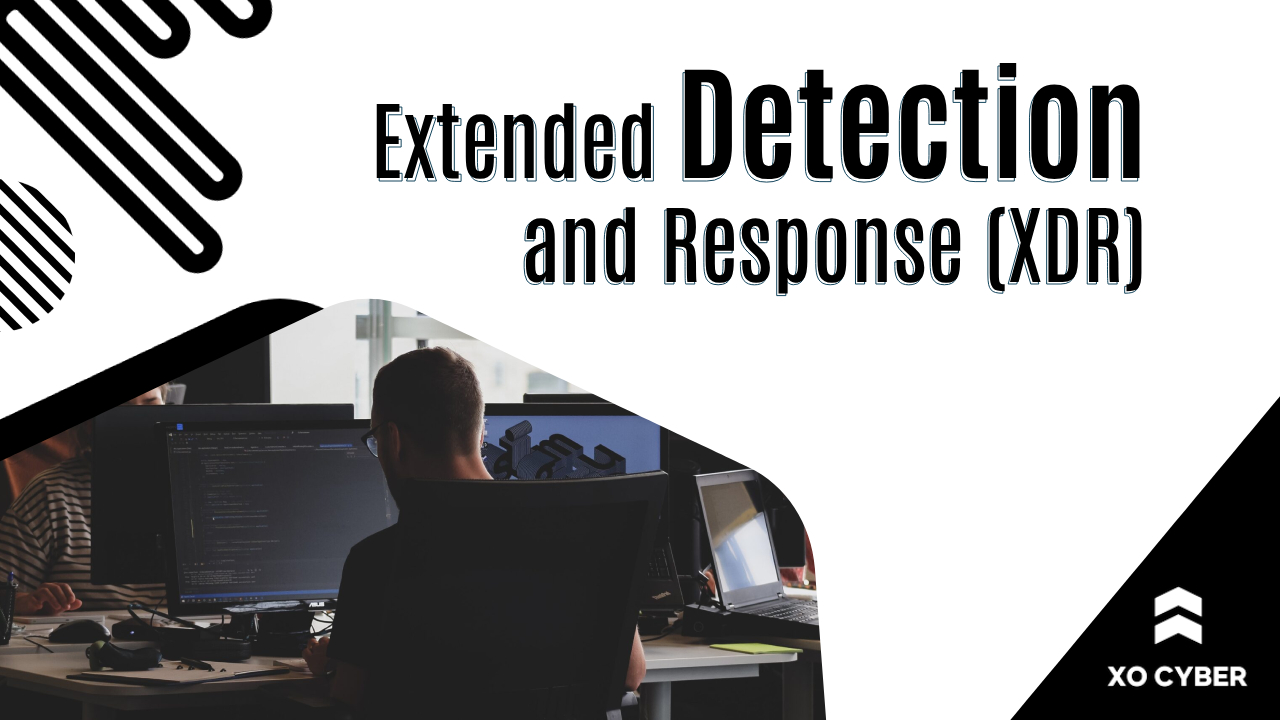
In the rapidly evolving digital landscape, safeguarding against cyber threats is paramount. This blog explores Extended Detection and Response (XDR), a revolutionary cybersecurity approach that amplifies threat detection and response capabilities.
XDR, or Extended Detection and Response, surpasses traditional cybersecurity measures by integrating and correlating data from diverse sources such as endpoints, networks, email, and cloud services. This comprehensive approach provides a unified view of potential threats, enhancing overall security.
Extended Detection and Response breaks down silos by seamlessly integrating diverse security tools, creating a unified defense mechanism. By correlating data from various sources, XDR provides a comprehensive view of potential threats.
XDR differs from traditional solutions by integrating and correlating data from multiple security tools, offering a more unified and comprehensive defense.
XDR enhances visibility and detection capabilities across an organization’s entire IT environment, allowing for proactive threat detection.
XDR operates by collecting and correlating data from various security tools, allowing for real-time analysis and proactive threat detection.
An example of an XDR platform is “CrowdStrike Falcon XDR”, which combines endpoint security, threat intelligence, and incident response for a unified defense against cyber threats.
Here’s how we, as your XDR service provider, make sure your cybersecurity is strong and safe:
Before implementing XDR, our journey begins with a comprehensive risk assessment. We understand that each organization has its unique challenges and vulnerabilities. Our experts conduct a meticulous analysis of the existing security infrastructure, identifying potential weak points and understanding the specific threat landscape that the organization faces.
We recognize that one size does not fit all in cybersecurity. XoCyber tailors the deployment of XDR to align seamlessly with the client’s existing infrastructure. This customization ensures that XDR becomes an integrated and effective part of the organization’s overall security strategy.
In the dynamic world of cybersecurity, vigilance is key. Our XDR solutions include robust monitoring tools that provide real-time analysis of data from endpoints, networks, and cloud platforms. This continuous monitoring allows us to detect anomalies and potential threats promptly, enabling a proactive response.
In the unfortunate event of a security incident, time is of the essence. Our incident response team, armed with the capabilities of XDR, swiftly investigates, contains, and neutralizes threats. This rapid response minimizes potential damage and ensures a quick return to normalcy for the organization.
Cyber threats evolve, and so must our defense mechanisms. We provide regular updates to our XDR solutions, incorporating the latest threat intelligence and refining our processes. This commitment to staying current ensures that our clients benefit from cutting-edge cybersecurity measures.
At XoCyber, our mission is to empower organizations to navigate the digital landscape with confidence. Our XDR services go beyond being a shield; they are a strategic asset in the ongoing battle against cyber threats.
In conclusion, XDR stands at the forefront of modern cybersecurity, offering a proactive and comprehensive defense against evolving cyber threats. Embrace the power of XDR to fortify your organization’s security posture in the ever-changing digital landscape.
At XoCyber, we’re your dedicated cybersecurity partner, offering top-notch Extended Detection and Response (XDR) services. Our comprehensive approach includes tailored deployment, continuous monitoring, and incident response excellence. Choose XoCyber to fortify your digital defenses and navigate the evolving threat landscape with confidence.”
XDR, or Extended Detection and Response, is utilized for comprehensive cybersecurity. It integrates data from various security layers to improve threat detection and response against sophisticated cyber attacks, automating responses, and facilitating in-depth incident investigations.
No, XDR is not a firewall. XDR focuses on extended detection and response capabilities, whereas firewalls are network security devices that control traffic based on predefined rules.
XDR doesn’t have a single inventor. It evolved collaboratively within the cybersecurity industry, building on the foundation of Endpoint Detection and Response (EDR) solutions.
XDR is characterized by its holistic approach to cybersecurity, offering extended detection and response capabilities. It provides enhanced threat visibility, automated response actions, and effective incident investigation.
Yes, many XDR solutions leverage AI and machine learning. These technologies analyze security data, identify patterns, anomalies, and potential threats, enhancing the effectiveness of threat detection and response.
XDR solutions can be on-premises or cloud-based. The deployment model depends on the specific solution and organizational preferences. Cloud-based XDR offers scalability and flexibility, suitable for cloud-centric infrastructures.

XO Cyber Security in Brighton, Michigan, is a trusted leader in safeguarding businesses from cyber threats. With expert-led services like Managed Detection and Response (MDR), we provide robust protection for your digital assets.
Phone: 313-312-1550
Email: [email protected]
© Copyright 2007-2024 – All Rights Reserved.
© Copyright 2007-2023 – All Rights Reserved.

XO Cyber Security in Brighton, Michigan, is a trusted leader in safeguarding businesses from cyber threats. With expert-led services like Managed Detection and Response (MDR), we provide robust protection for your digital assets.
Phone: 313-312-1550
Email: [email protected]